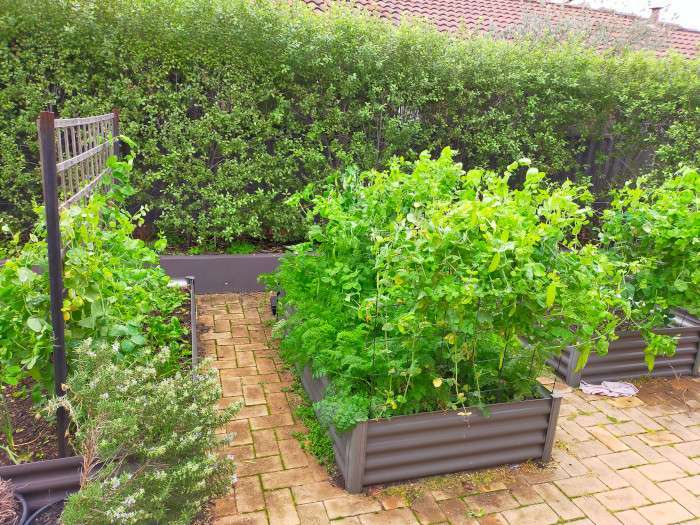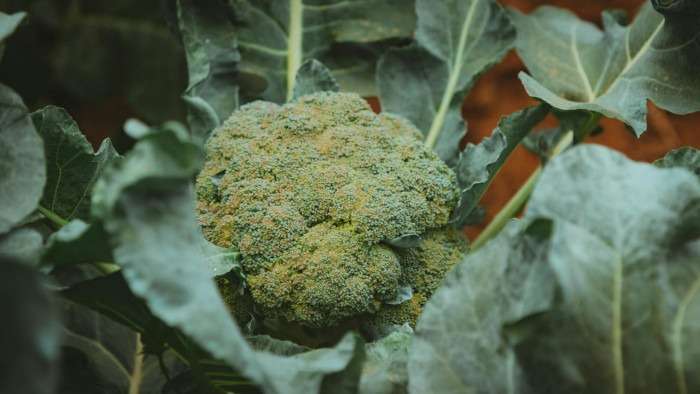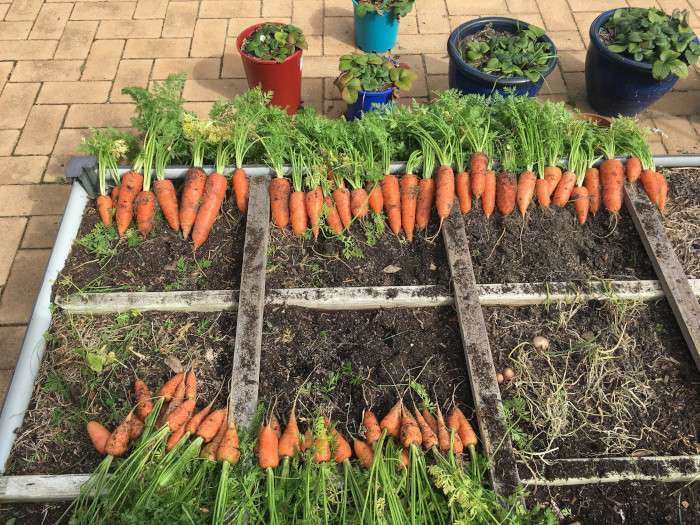No dig gardening or no till is a system that creates great soil. It’s simple—just don’t dig. By reducing soil disturbance, we let microorganisms like fungi and bacteria thrive, which helps improve soil health and plant growth. The result? Bigger, better harvests.
I’ve been following no dig practices in my garden with great success, and today, I want to share how it works and why it’s worth trying in your own garden.
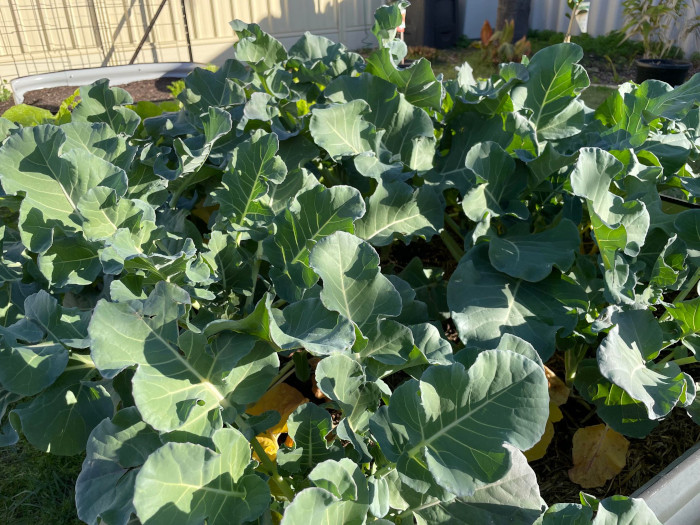
What is No Till Gardening?
Traditional farming involves ploughing and cultivating the soil to loosen it up for root growth, destroy weeds, and bring nutrients to the surface.
No dig advocates the opposite approach. The core philosophy is to have minimal soil disturbance and improve fertility by layering nutrients on the surface.
This is meant to mimic fertility processes we see in nature. A tree drops leaves on the ground, these leaves break down, and the nutrients gradually penetrate the soil, enriching it over time.
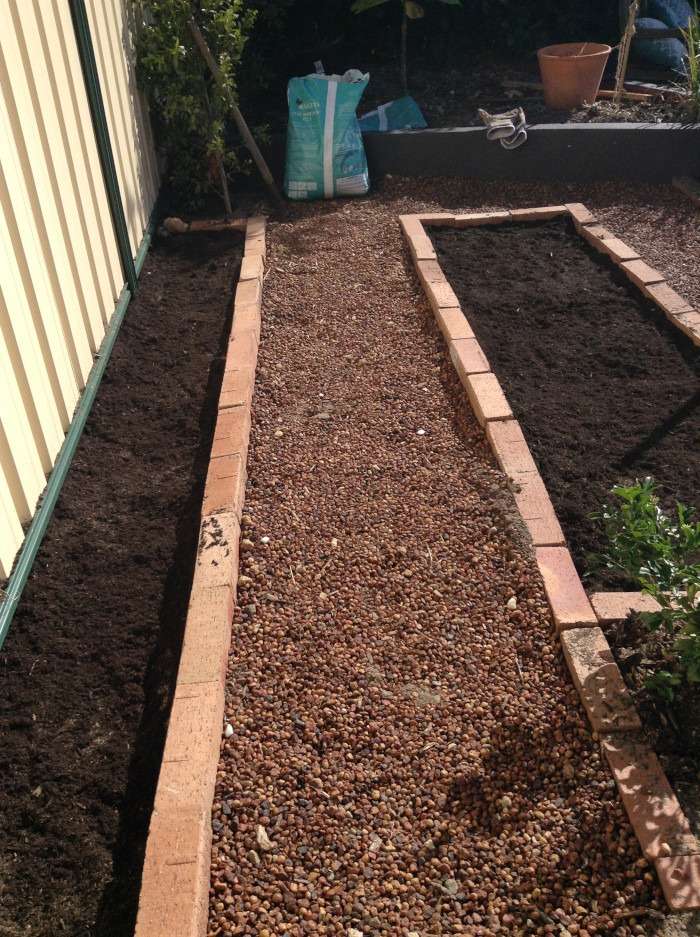
For example, instead of digging nutrients into a garden bed, you can simply apply compost on top and let rain naturally carry them down over time.
That’s not to say mixing amendments directly into the soil is always a bad idea. If you’re planting a tree, for instance, the hole is already there, so it makes sense to add some sort of fertilizer while you have the chance.
This idea of layering nutrients over time also aligns with other gardening methods, such as hügelkultur and lasagne gardening—both of which I use when filling my raised beds.
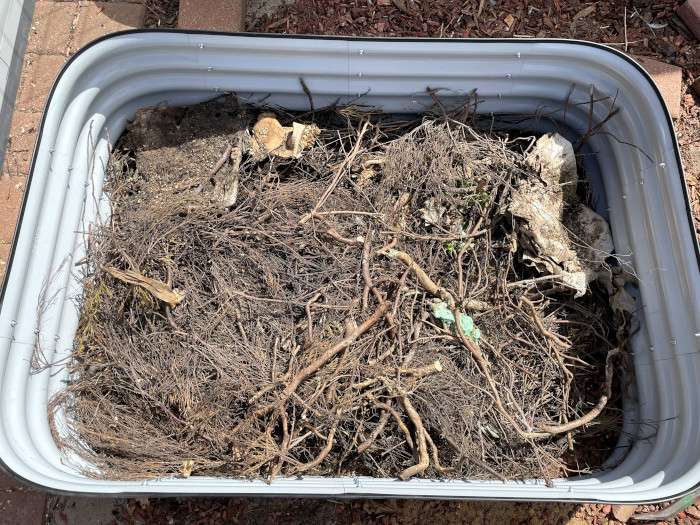
Benefits of No Till Gardening
Healthy soil isn’t just rich in nutrients—it’s teeming with life. Insects, bacteria, and fungi work together to support plant growth and improve soil structure. This balance is what’s known as living soil, the ideal foundation for any garden.
When soil remains undisturbed, beneficial mycorrhizal fungi thrive, forming underground networks that act as nutrient highways. These fungi transport essential minerals, like phosphorus—often locked away in the soil—directly to plant roots. In return, plants release sugars from their roots, attracting both fungi and beneficial bacteria.
This exchange strengthens plants and enriches the soil over time.
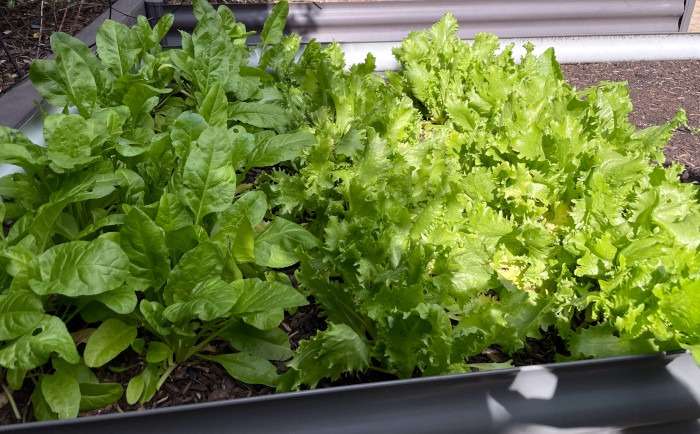
Traditional methods like ploughing and cultivating disrupt these networks, damaging fungi and setting back soil life. The less we disturb the soil, the more these connections can expand—linking plant roots, increasing soil porosity, and improving overall soil health.
With that in mind these are some key benefits of promoting a healthy, living soil via no dig:
- Improved Soil Structure: Mycorrhizal fungi and other soil organisms improve soil structure resulting in better water retention, and root penetration.
- Disease Resistance: Healthy soils with diverse microbial populations help plants resist diseases by outcompeting harmful pathogens and producing natural antibiotics.
- Carbon Capture: Living soils can store carbon more effectively. Organic matter, including the organisms in the soil, trap carbon which improves soil fertility.
- Reduction of Chemical Inputs: The natural nutrient cycling and pest control provided by soil organisms lead to cheaper and more sustainable gardening practices.
- Erosion Control: Improved soil structure and the presence of organic matter help prevent soil erosion.
Mulch vs Compost In the Garden
No dig gardening, popularized by Charles Dowding, is based on avoiding soil disturbance and building fertility through compost. He advocates using compost as both a mulch and a soil amendment, but in practice, the best approach depends on your climate and conditions.
Compost is a great way to feed the soil, but in hot, dry climates, it can dry out quickly. That’s where other mulches, like straw or leaves, can be helpful. They reduce evaporation, keep the soil cooler, and help retain moisture. Slugs and other moisture-related problems are common in wet climates, so using only compost as mulch can be a better option if you are in a wet climate.
I live in a hot climate, so I personally like to use mulch in my garden beds, not just compost. I always amend the soil with compost and manure, but I keep it covered with mulch as much as possible to protect and retain moisture.
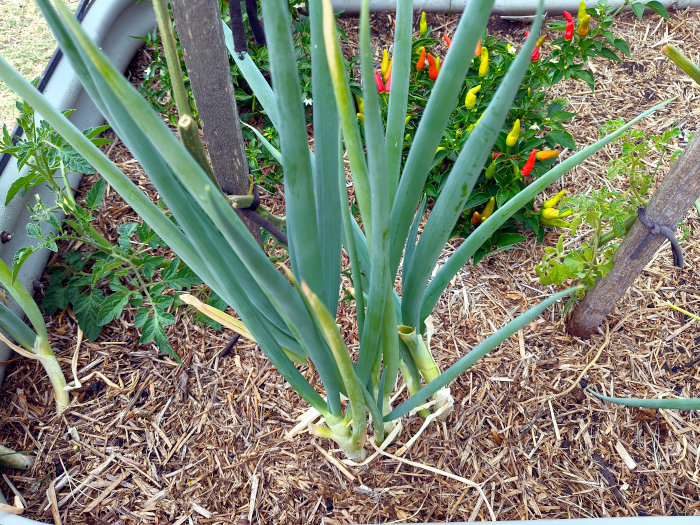
How to Start a No Till Garden
There are quite a few different ways to make a new garden bed. If you want to make a no-dig bed, the easiest way to start is with cardboard. You can usually get it for free from local businesses, and it’s great for smothering grass and weeds.
Here’s how to do it:
- Lay Down Cardboard/Newspaper – Cover the area with thick cardboard or layers of newspaper to block light.
- Water It Well – Soak the cardboard to help it break down faster.
- Add Mulch or Soil – Spread compost, soil, or mulch on top to weigh it down and improve the soil.
- Wait 4–6 Weeks – The time needed depends on the cardboard thickness and added organic matter.
- Plant Directly On Top – Once the cardboard has broken down, plant directly into the mulch or soil.
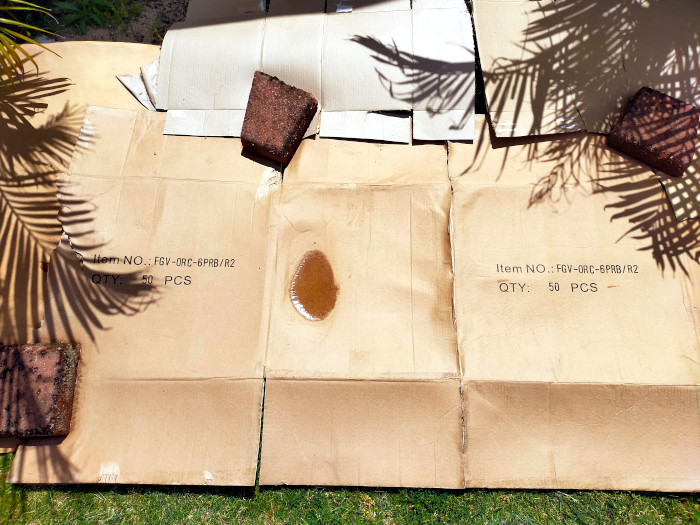
Conclusion
No-dig or no-till gardening is a sustainable method that improves soil quality with minimal effort. By keeping the soil undisturbed and adding organic matter, you can create healthier plants and a more resilient garden.
You don’t have to follow every practice strictly, but it’s a great general approach to keep in mind. Try no-dig gardening for yourself and see if this method lives up to the hype.
